 |
 |
 |
| Archive
images - October 2010 |
||
 A hawthorn shield bug on our garden fence, 30 October 2010. They are not usually so red around the face as this one. |
||
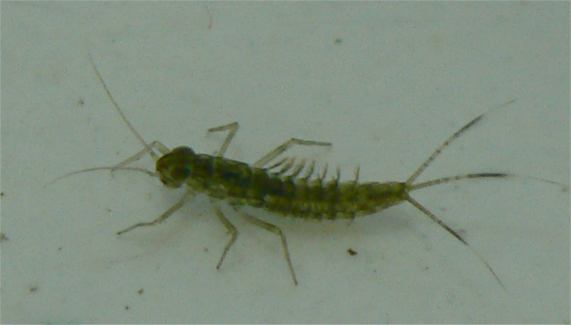 This mayfly nymph was caught in our garden pond. It was about 5mm long (tip to tip) and was very active, hunting tiny invertebrates at great speed. Photo taken 26 October 2010. |
||
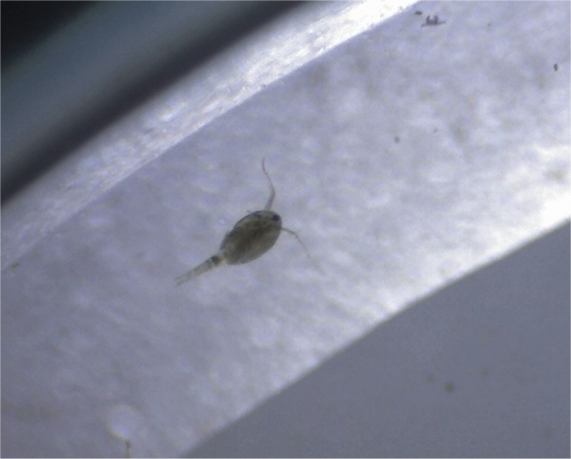 This is the kind of thing the mayfly nymph was eating - it is a cyclops, a one-eyed crustacean. The image was taken through a microscope at 60x magnification as these creatures were smaller than a pinhead in size. 26 October 2010. (The other little blobs were even smaller creatures swimming about in the saucer.) |
||
 A hornet at Tiddenfoot Waterside Park on 22 October 2010. The hornet is our largest wasp - it is readily identified by its size and its brown and yellow colouring. |
||
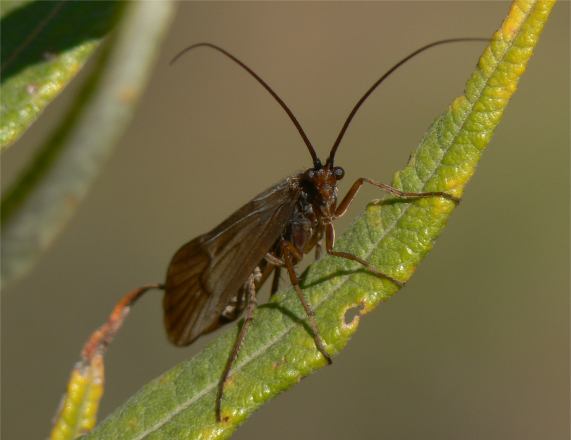 Many caddis flies can be seen fluttering about near water at this time of year. This one was at Ledburn Pit on 22 October 2010. |
||
 A lacewing in the garden, Alwins Field, 15 October 2010. This one is Chrysoperla carnea and it likes to hibernate in houses, where it changes colour to a flesh tone, hence carnea. |
||
 A small copper butterfly (one of four) at Sandhouse Lane Nature Reserve on 11 October 2010. |
||
 Creeping cinquefoil (Potentilla reptans) in flower at Sandhouse Lane Nature Reserve on 11 October 2010. |
||
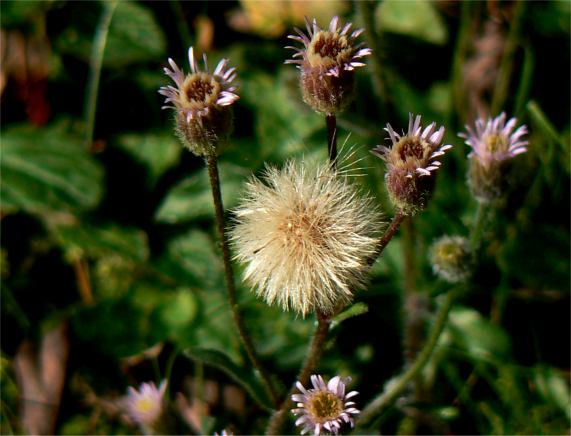 Flowers and seed head (pappus) of blue fleabane (Erigeron acer) seen at Sandhouse Lane on 11 October 2010. The flowers are pale purple at the rim and pale yellow at the centre, but a drift of them can look blue from a distance. It was burned in houses to drive away fleas and other insects, hence "fleabane". |
||
 A male Southern hawker dragonfly resting in the sunshine at Ledburn Pit on 7 October 2010. |
||
 Common darter dragonflies mating at Tiddenfoot Waterside Park on 7 October 2010. Common darters can be active in cold weather, unlike many other insects, and can even survive into December. |
||
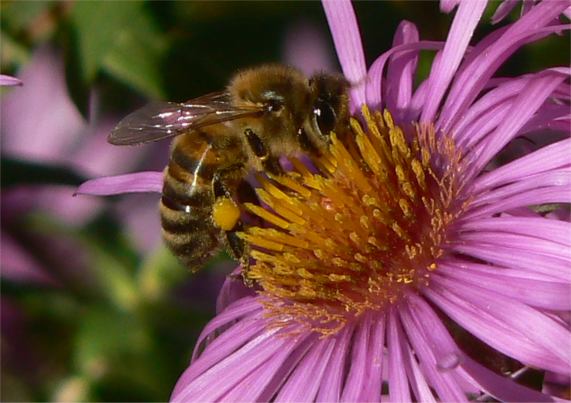 A honey bee collecting pollen from Michaelmas daisies in the sunshine at Rothschild Road, Linslade, 6 October 2010. |
||
 A rather disshevelled-looking red admiral in the churchyard at All Saints, Leighton Buzzard on 6 October 2010. |
||
 A grey squirrel looking quite cute (doing its meerkat impression) in Linslade Woods, taken on 5 October 2010. |
||
 Haws, or hawthorn berries, in Linslade Woods, 5 October 2010. |
||
 A large fly agaric by a bridleway on Rammamere Heath. It is, of course, poisonous. Photo taken on 4 October 2010. |
||
 A female common earwig (Forficula auricularia) in our garden, Alwins Field, 3 October 2010. She was between a dead laurel leaf and the live one seen above - perhaps eating the occupants. |
||
 Yarrow (Achillea millefolium) has done very well in our garden this year. Photo taken at Alwins Field, 3 October 2010. Achilles, the Greek warrior, is supposed to have used this plant to help mend his wounds. Millefolium refers to the feathery leaflets. |
||
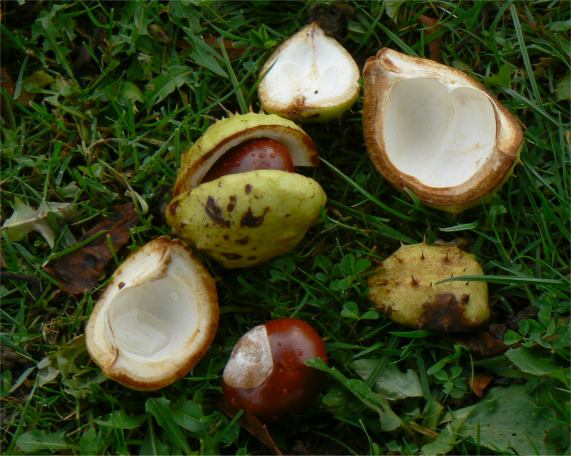 Conkers are falling from the horse-chestnut trees - this is a group in Rowley Furrows on 3 October 2010. The horse-chestnut is not native but was introduced to England in 1616. The horse chestnut (Aesculus hippocastanum) is native to the mountains of Northern Greece and Albania and its name probably derives from its use in horse-medicine. |
||
Return to archive page ¦ Return to home page